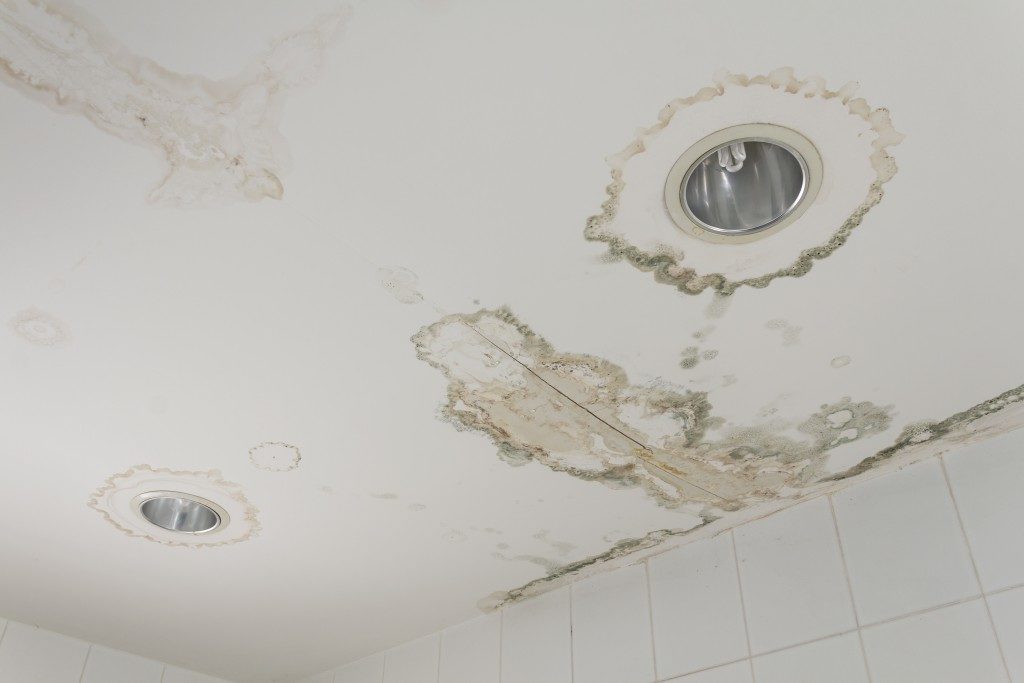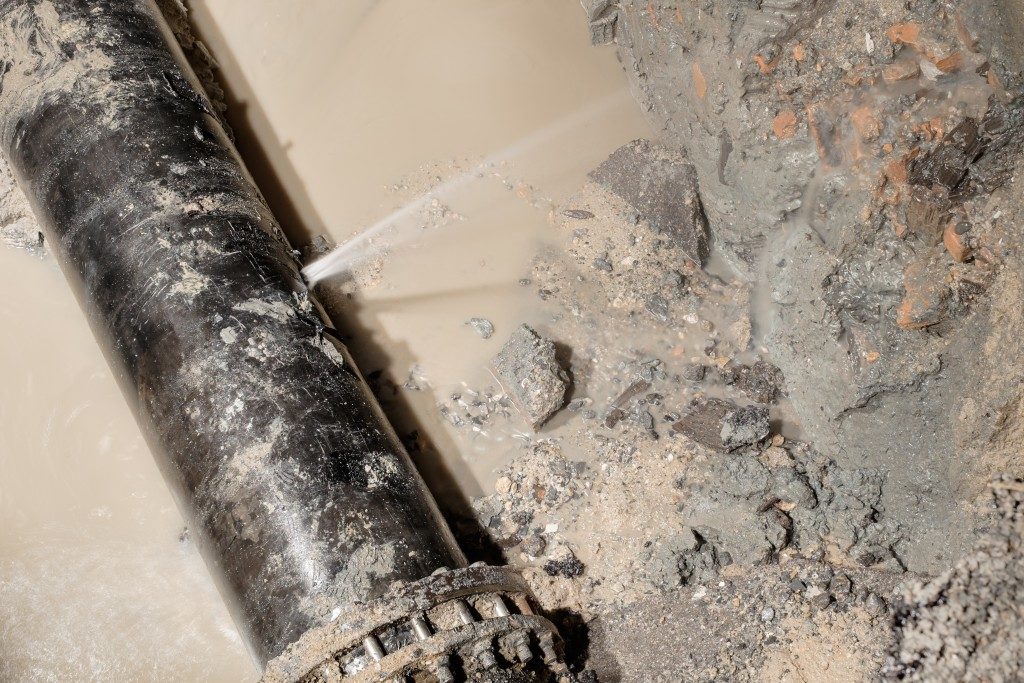Most people in the construction business have insurance against water damage, but it is essential to control water infiltration because the owner can bear a percentage of the loss. Losses come in all manners including cleanup of debris, delays and renovations. If the issue is major and it goes public, the reputation of the builder will be at stake. Since the prevention of water damage is a cost-effective and straightforward approach, there is no reason one should not try it. Data shows that water damage is one of the most frequent loss factors in construction, so it would be worthwhile to counteract it where possible.
Water Damage Triggers
Moisture is a serious issue in many buildings, so understanding its causes can go a long way in preventing rampant cases of water damage in Coconut Creek. Moisture becomes a problem in construction after it accumulates in an area that you would expect to be free of any water. Any building can experience this problem – old, new, large or small. Often, it is caused by oversights during building design and construction, or even by poor maintenance. Some of the most popular mistakes that building contractors make are building on riparian land, installing building equipment poorly, designing drainage systems haphazardly and failing to control humidity.
Signs of a Problem

There are various ways of telling if you have a water damage problem during construction. One is spoilt building materials, whereby things like concrete and stones start to crack. Freeze-thaw processes will often be behind this kind of damage. For parts of the building that are already complete, the appearance of blemishes should always raise questions. Excess moisture can in the form of peeling paint, staining or watermarks. It is not typical for a building site to harbor pests such as carpenter ants and cockroaches. If you see such, you want to check out for any water damage. Condensation is another strong sign of something amiss regarding water retention in the building. Okay, droplets in a few areas may not be a problem, but it becomes one when the droplets extend to window interiors and walls, it is time to investigate further and act. The most apparent sign of existent or impending water damage is stagnant water, but there others such as musty odor, mold and sick site workers.
Solution for the Moisture Issue
As prevention is always the best remedy, construction site managers should manage the risk of water damage early enough. Noting that action should cover all stages of construction, the first step would be to distribute roles to the team. Some of the tasks you would be looking at are mitigation measures, personnel training and supervisory positions. Going deeper into the practical steps, the organization might need to use various detection measures. Of course, this would raise the question of cost versus benefit, but there are many other technologies to apply in water damage control in a construction site.
Conclusion
No matter the amount of care that building contractors take, the worst can still happen. That is why having mitigation and a responsive plan is always the best approach, especially with regard to water damage on the site.
